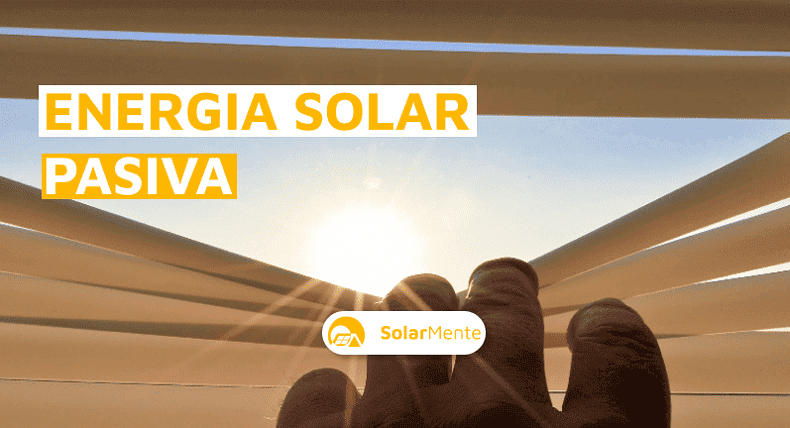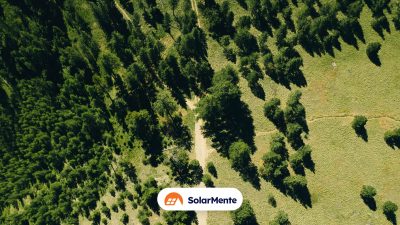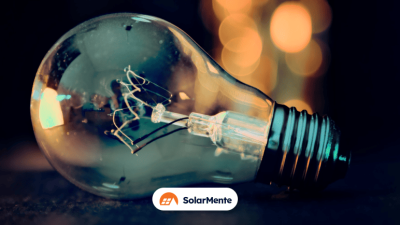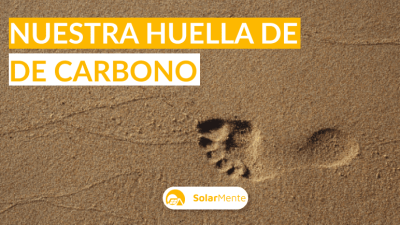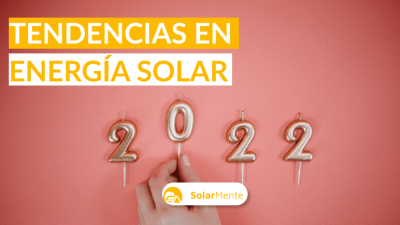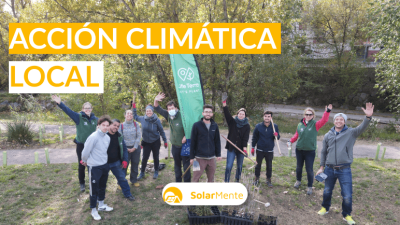But how can we solve this problem? The use of renewable energies, specifically solar energy, provides us with economic savings of up to 50-60% on our electricity bill.
However, when we talk about this energy source, we must differentiate between two types: active and passive.
Passive solar energy still has a wide field of development, but this new technology can cover a third of the heating needs in our house.
For this reason, in the following article we will take a closer look:
- What is passive solar energy and how does it work?
- Differences between active and passive solar energy
- Relevant aspects of a passive house
- How its full potential can be exploited
What is passive solar energy and how does it work?
These types of buildings are designed to fulfil the following main functions:
- Capture, store and distribute solar energy as heat in the coldest seasons.
- To keep the house at low temperatures and avoid excessive heat in summer.
What is the main benefit of passive houses? The possibility of reducing energy costs by 90% compared to a traditional house.
These designs are not only feasible for the construction of new buildings, it is also possible to renovate existing houses and apply this new technology, although the cost will be higher.
What are the differences between passive and active solar energy?
On the other hand, what is the advantage of passive houses? The ability to use the sun’s energy directly without the need for installations. This is due to the architecture of the buildings with elements that allow the solar energy to be harnessed through this operation.
Therefore, a specific design is needed to be able to enjoy passive solar energy. Active energy, however, does not require a specific building, but other factors play a role in the installation.
In addition, the collection of a passive solar design is done through the building components, i.e. windows, roofs or walls. Active energy, on the other hand, uses the solar panels to generate that energy.
What you should be clear about is that both options are renewable, clean and inexhaustible energies.
Key factors of a passive solar design
- Glazing and window location
- Thermal mass
- Thermal insulation
- Shading
Good glazing of windows and location determined
Similarly, you should consider the dimensions of the windows, choosing the right size for your consumption.
Technological development is on the rise and thanks to advances in window components, insulation has been improved to conserve heat in the right rooms and avoid energy losses.
As with photovoltaic systems, the location has the same influence on passive houses. What is the best choice? A south-facing orientation with an inclination of 30°. In this way, no heat is lost in winter and not too much heat is retained in summer, thus achieving an optimum temperature in every season.
But be careful, this balance is sustainable as long as the location is correct and the right type of glazing is used.
Thermal mass
For this type of architecture, materials such as brick or stone are used, capable of storing energy for heat conservation and use. To be more explicit, they allow the maximum energy to be captured and release the heat generated in a progressive way, reaching the right temperature.
This will lead to a decrease in energy costs. But of course, the use of thermal mass must be done correctly in order to achieve energy efficiency and not reduce the comfort in the house one iota.
On the other hand, using materials such as wood will lead to a reduction in thermal mass. The result? Less available electricity.
Do not forget good external ventilation to prevent heat from accumulating in a particular room of the house, but to dissipate it inside the house. Otherwise, the solar radiation generated is stored directly below.
Thermal insulation
For this reason, it is important to emphasise superior insulation in geographic areas with adverse climates and to avoid heat leakage that loses the right temperature in the home.
In summer, however, a passive solar design allows to keep the environment cool with adequate comfort at the given temperatures.
And where should this insulation take place? In all building elements. We are not only talking about walls, but also windows and roofs.
If we want to avoid these losses, the best alternative is to add more insulation material on the roof, where more temperature control is needed.
Shading
But be careful if the geographical area is constantly shaded and the windows do not generate the correct amount of energy for our daily consumption, causing significant losses.
For this reason, the orientation of the house plays an important role in receiving the right amount of solar energy and not producing losses in radiation and an excess that reduces the efficiency of our home.
How to use passive solar energy? 5 examples of how to make the most of it in your home
But we must emphasise how it works depending on the territory. It is not the same to talk about a region with a climate with mild temperatures, as it is to talk about locations with extreme winters where passive solar energy is not enough to cover the energy consumption of the house. In these cases, it acts as a complementary energy source to active energy.
In the following list, you can see several examples that show how to take advantage of a passive solar house:
- Lighting
- Heating for both radiators and underfloor heating
- Hot water production for domestic use
- Cooling for air conditioning
- Electricity production for use of electronic devices in the house
Advantages and disadvantages of passive solar energy
- It is a renewable, inexhaustible and clean energy. We have the ability to have energy available continuously and not emit greenhouse gases to care for the planet.
- It reduces energy savings and the electricity bill.
- It reduces maintenance costs as it does not need a photovoltaic system to produce electricity.
- It can be compatible with active solar energy. In fact, it is currently used in a complementary way.
- The value of the house will be increased.
The potential of passive solar energy
Nowadays, the improvements are being very noticeable, but it still remains as a complementary energy source to the active one, obtaining greater economic savings and increasing the capacity of our home to produce more energy and supply us throughout the year, without having to resort to the conventional electricity grid.
The best initiative would be to build houses with these special materials that allow us to achieve greater self-consumption while at the same time being environmentally friendly.

